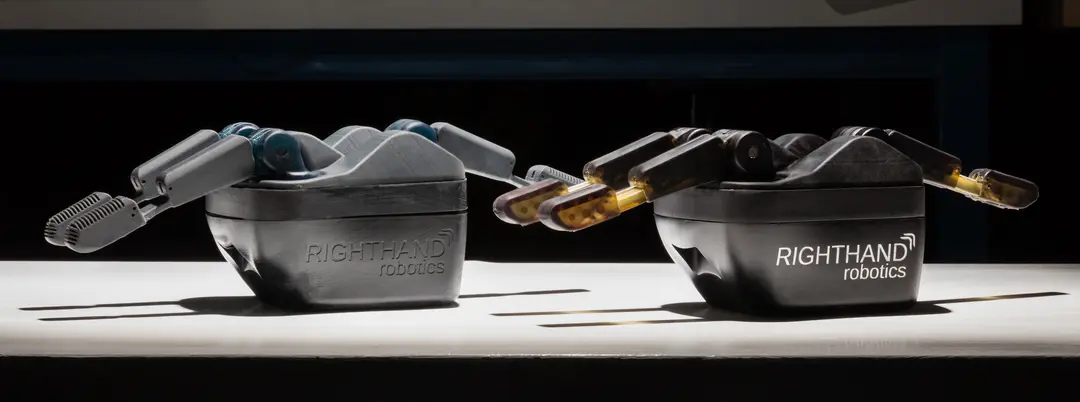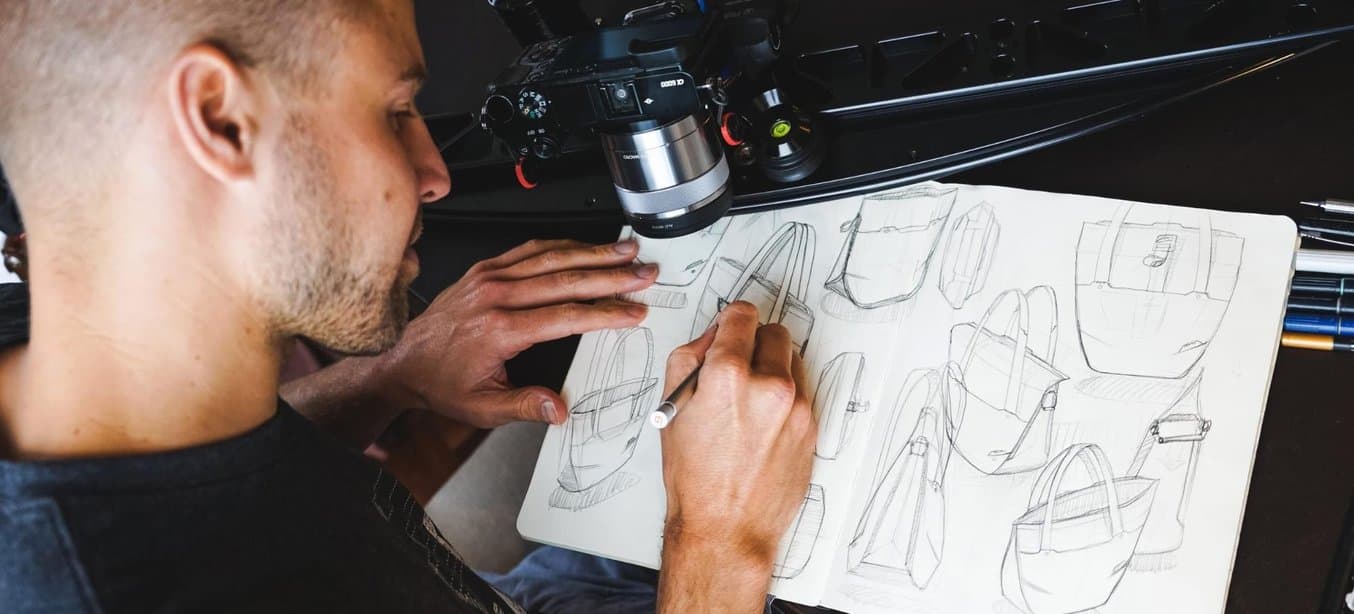
Designers and engineers around the world are working hard to dream up and invent new products, but only a small fraction of these will ever see the light of day and become successful. If creating a new product is so fundamentally challenging, how can you mitigate risk to ensure that your product ideas have a chance of flourishing and surviving?
A few strategies for identifying and evaluating new product opportunities that have proved to be effective are:
-
Solving an important problem
-
Developing a new technology
-
Taking advantage of an expiring patent
-
Building something to enhance or support an existing product
-
Extending a product or service you already offer
-
Improving an existing product or design created by someone else
In this article, we’ll explore each of these paths and dig into real-world examples to show how these strategies have been utilized by both small businesses and large established corporations.
Starting With a Problem
A product can only become successful if someone buys it, and the likelihood of that happening is higher if the product solves an important problem for the buyer. One of the best ways to begin identifying a problem worth solving is to examine problems you yourself have.
Finding a problem that you personally encounter has the advantage of validating that the problem actually exists. All too often, a company will create a product to solve a problem no one has.
Take the company Juicero for example. They sought to provide a modern solution to fresh-squeezed juice from the comfort of your home. After creating a $400 over-engineered packet squeezing machine, the company imploded when they failed to address any real problem a buyer would spend significant money on. Without answering basic questions like, “Is this a problem worth solving?”, and “Is this something I struggle with in my own life?”, Juicero created the wrong product at the wrong price point and the market rejected them.
As an exercise, it’s good to consider questions like:
-
Who would want this product right now?
-
Would they want it so bad they’d use it, even if it was a V1 prototype that didn’t work very well?
If you are unable to answer these questions, it’s likely the idea isn’t good enough to pursue.

Michael Kononsky was an avid homebrewer of beer, but didn’t like how the brewing process was a black box. In an interview with Formlabs, he said, “you close the bucket for two weeks and then you don’t know what’s going on inside. You don’t know if it’s good, if it’s bad, if it’s too warm or too cold.” He had stumbled on a problem that he himself had, and being a designer, it was something that he could tackle himself. After many iterations, he created an optically clear airlock system that could measure CO2 levels during the fermentation process and help you brew better beer with data that was previously inaccessible.
When taking a problem first approach, it’s a good rule of thumb to examine four things:
-
Is this a problem you yourself have?
-
Can you build something yourself to solve it?
-
Are there a few others who realize the value in solving this problem?
-
How much would people be willing to pay for a solution?
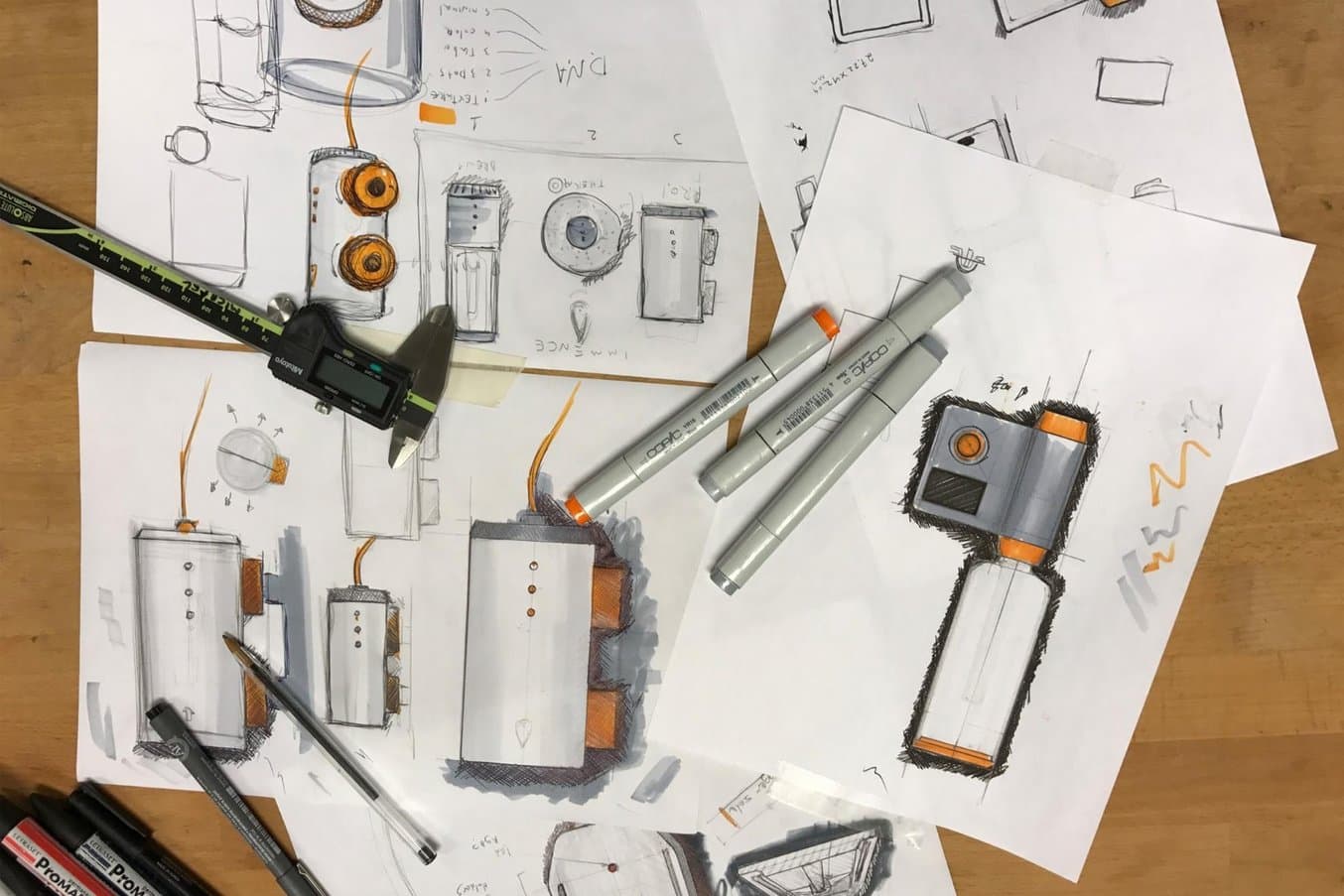
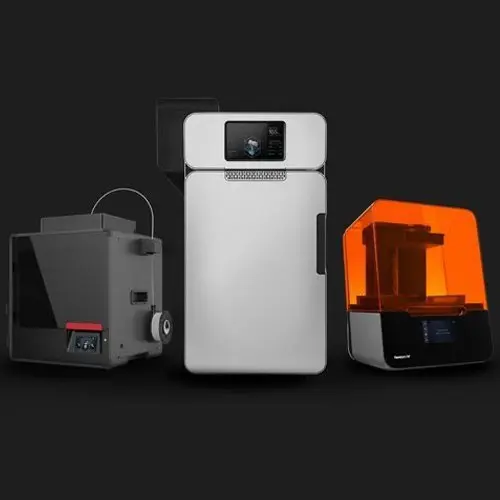
How to Choose a 3D Printing Technology
Having trouble finding the best 3D printing technology for your needs? In this video guide, we compare FDM, SLA, and SLS technologies across popular buying considerations.
Technology First
Another strategy is to start your search for a product idea from new technology. You are most likely investigating new technologies or ways of doing things if you are an engineer or scientist. These discoveries can sometimes be opportunities to develop a new product that can help others push their own ideas forward.
An example of this can be seen with IBM when they invented the world's first hard disk in 1953. Computers at the time were limited, but gaining popularity within certain industries. However, their widespread adoption was being hindered by their limitations in saving and storing information. When IBM released the hard disk, computers were able to save, store, and recall bits of data in a way that was never before possible. It’s something we take for granted now, but at the time it was revolutionary and a technology IBM would use to advance their own computing products. Eventually, this invention would change the world and become the core of nearly every modern computer we use today. This was a “technology first” approach that created a tool that eventually enabled others to pursue their own ideas and inventions.
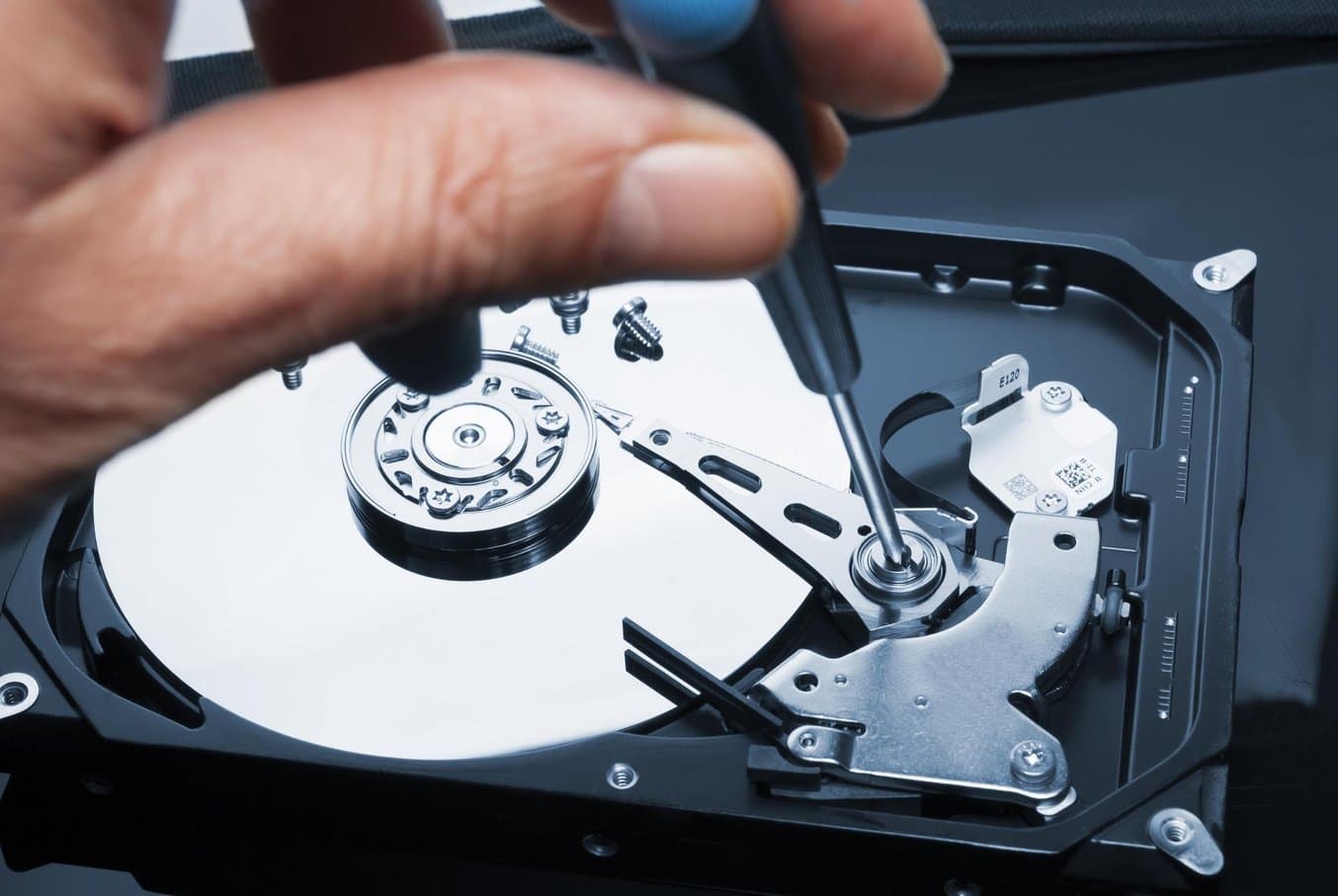
Expiring Patents
When a new technology is invented, the inventor will often patent their technology in order to protect their discovery from competition for a set period of time. The length of time that these protective restrictions last depends on the type of patent issued. A utility patent, which covers novel inventions and digital processes, generally lasts for 20 years. However, a design patent, granted to the industrial design of a functional item, may last for only 15 years.
Once a patent expires, the technology becomes available for other inventors to utilize in their own products. During this period, you’ll often see cheaper or more accessible uses of the technology hit the market. A great example of this concept at work is in the pharmaceutical industry. When a popular patented drug has its patent expire, there are almost always competitors waiting in the wings to introduce their own versions of the drug to consumers. More companies get to take advantage of the technology, and customers are presented with a wider array of options at a lower price tag.
Similarly, many 3D printing technologies were limited to large and expensive industrial printers produced by a handful of companies for the first 25 years of their existence. Then, in the early 2010s, expiring 3D opened the path for technologies like stereolithography (SLA) to appear in a cheaper more accessible desktop format.
Expiring patents can be found by searching the USPTO Patent Database. This database is free for anyone to use and is a great resource for exploring ideas.

Product Accessories
There are often opportunities to invent accessories when a new product hits the market. A new product creates new needs, which evolve through its lifecycle. When a new device becomes popular, entire companies can pop up around the markets it creates. In particular, the boom in consumer electronics has created an industry around building products that support or work alongside other established inventions.
A great example of this can be seen in the inventors who have been making accessories for the Apple iPhone since it was released in 2007. The iPhone has sold more than 2 billion units, and paved the way for a large array of companies to be built around creating cases, chargers, bedside holders, etc.
Steven Yang (the founder of Anker) quit his job at Google in 2011, when he saw an opportunity to create reasonably priced accessories. His goal was to offer products that were better designed and cheaper than what you could get from big brand names. After getting into cables and wall charges, he realized that battery life was a huge pain point for smartphone owners (which were entering a massive boom in adoption). Anker focused on creating sleek external batteries with “quick charge” capabilities. Battery capacity technology had plateaued, but charge speed was still evolving. Today, Anker is valued at more than $1 billion and has become a household name in accessories.
The opportunity in accessories isn’t just limited to outside companies. Formlabs shipped their first 3D printer in 2013. It uses a printing method known as SLA, which hardens liquid resin with a laser to create complex objects. These 3D prints need to be washed and cured with UV light when they come out of the machine, but when Formlabs first started shipping printers in 2013, there was no good solution for this process. In 2017, Formlabs released their Wash and Cure accessories to complement their main line of products.
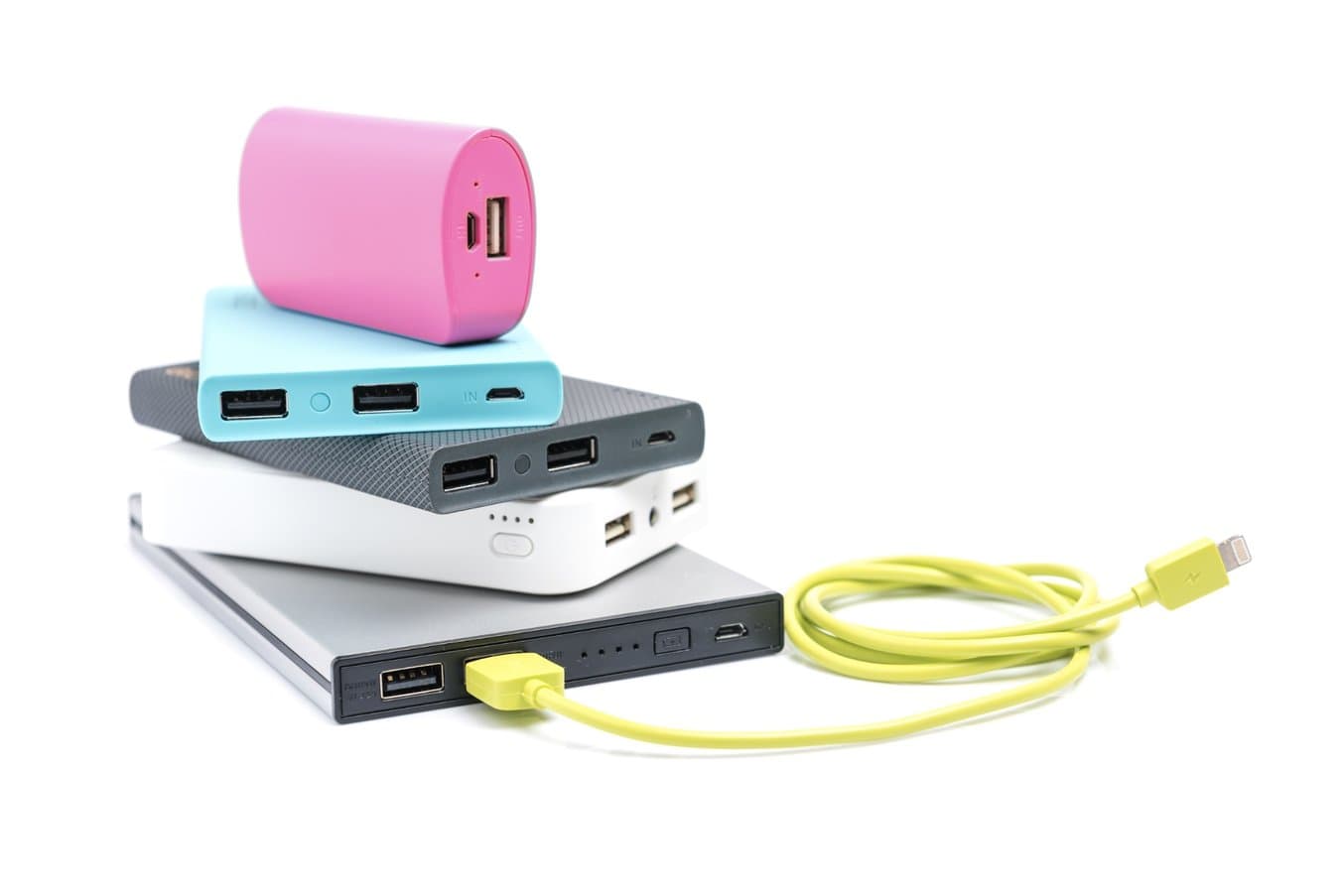
Adjacent Products
Addressing the existing pain points of your customers can be very beneficial if you already have a company or small business. The new product you pursue can be a continuation of what you already do, helping to solidify a strong relationship with your base. A useful exercise is to ask yourself, “What are the highest frequency and highest pain problems your customers already have?”
Peak Design is a product design company that started off making camera accessories and eventually expanded into soft goods. After they created their extremely popular bag line for photographers, they realized they had created a great way for people to carry their gear. But how could they protect that gear once it left the confines of their padded bags? Customers were left to fumble with clumsy straps that were hard to adjust and even harder to attach to their equipment. Peak Design decided to invent a clipping system that allowed people to attach and remove straps, safety lines, and a variety of other things to their gear with ease. This invention made it more convenient for customers to integrate Peak Design’s products into their workflows.
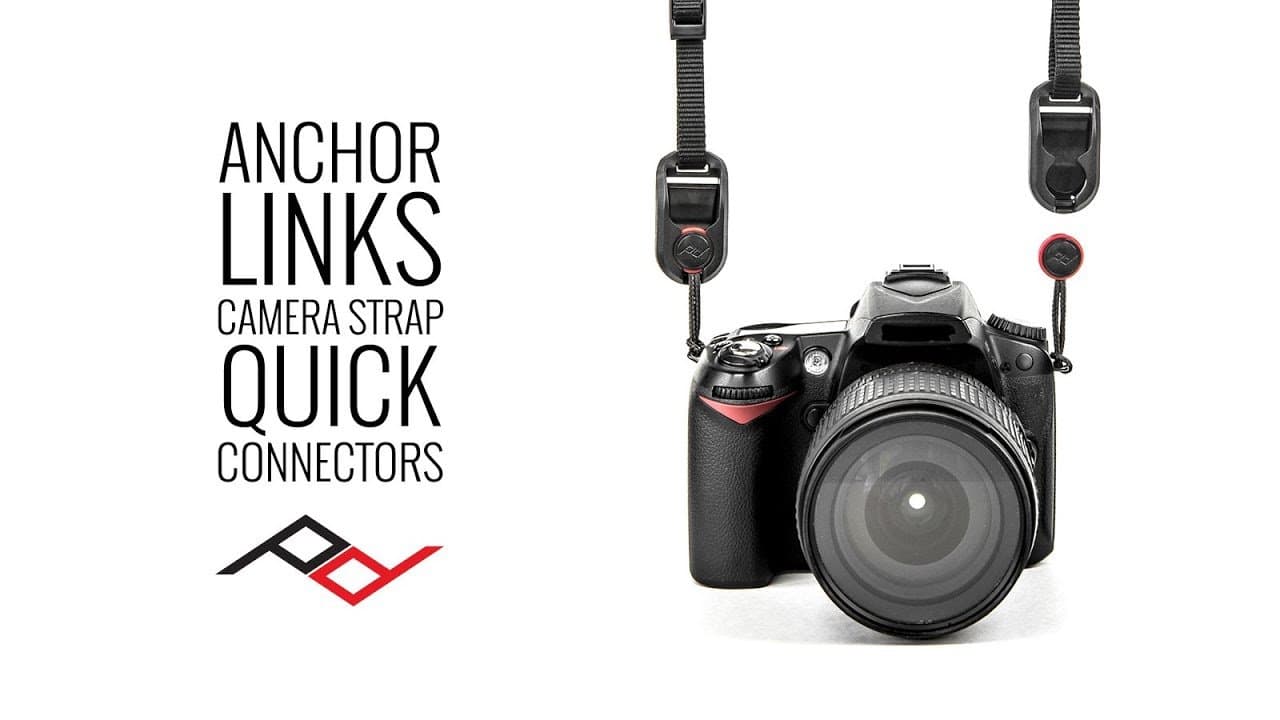
Better UX for an Existing Product or Technology
A great source of product ideas is existing products that are difficult to use or provide limited functionality. In creating a better user experience for an existing technology, you can take advantage of a market where there is strong demand but little incentive for the established players to make their products enjoyable to use.
Nest’s efforts to redesign the thermostat is a great example of this concept at work. Since the thermostat was invented in 1886, the design really hadn’t changed all that much. Nest’s first product introduced an improved thermostat UI that was easy to adjust and read, and enabled the temperature in a house to be adjusted using predictive behavior. Users could interact with their Nest via their phones and program the temperature to change throughout the day to fit their needs.

Coming Up With Ideas Isn’t Easy
There are many ways to create a great product, and the path you choose depends on who you are, your experience, and the knowledge you may have about a certain market. These strategies are a good starting point and they have been tested and used by some of the most successful companies in the world.
Make sure to ask the right questions from the very beginning of the product creation process. By fully understanding how your invention fits into the world, you’ll have a better chance of avoiding bad ideas and saving significant amounts of time and money.
If you’re looking for more inspiration, see how other companies went from prototyping to production. You have an idea already? Then it’s time to move to the next steps and create a product requirements document (PRD) so designers and developers can get a realistic sense of what is required in the product.


